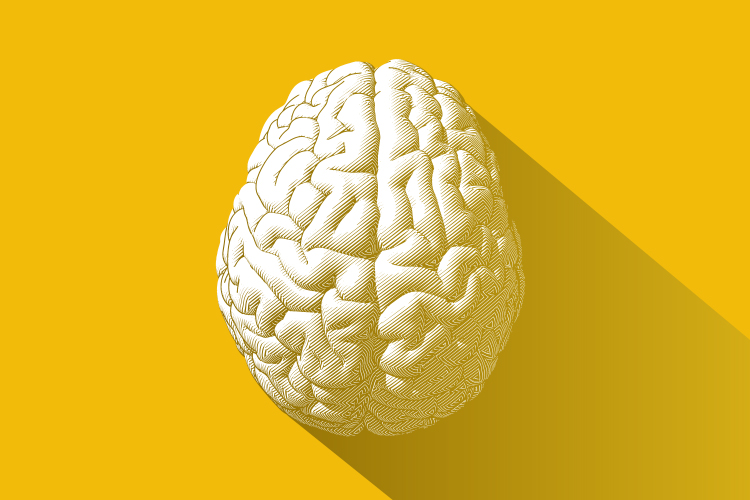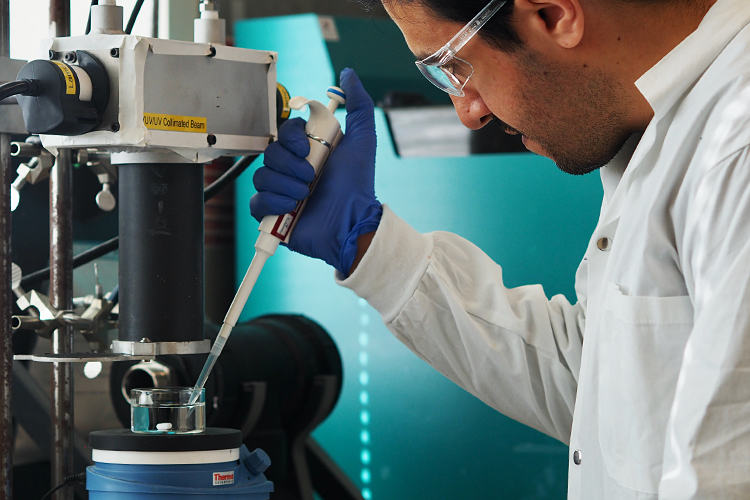Using intelligent neuroprostheses to treat motor disorders

Neurostimulation is reaching new heights: using artificial intelligence, neuroprosthetics implanted in the brain will learn to revive motor functions.
Scientists have long studied neurostimulation to treat paralysis and sensory deficits caused by strokes and spinal cord injuries, which affect some 380,000 people across Canada.
Now a ![]() new study, published in the American open-access journal Cell Reports Medicine, demonstrates the possibility of autonomously (i.e., without human intervention) optimizing the stimulation parameters of prostheses implanted in the brains of animals.
new study, published in the American open-access journal Cell Reports Medicine, demonstrates the possibility of autonomously (i.e., without human intervention) optimizing the stimulation parameters of prostheses implanted in the brains of animals.
Funded by NSERC and IVADO—a consortium for research, training and knowledge mobilization in artificial intelligence—the work was conducted by Marco Bonizzato, Marina Martinez and Numa Dancause, professors in the Department of Neuroscience at the Université de Montréal (UdeM), in collaboration with Guillaume Lajoie, a professor in the Department of Mathematics and Statistics at UdeM and a researcher at Mila, the Institut québécois d’intelligence artificielle.
The study grew out of an important interdisciplinary collaboration between researchers who combine expertise in neuroscience and artificial intelligence, two fields in which UdeM stands out internationally.
A very promising phase
“Neuroprostheses—devices designed to restore connections between neurons following a loss of motor function—are entering a very promising phase of their development,” said Lajoie. “We are demonstrating the benefits obtained by autonomously optimizing their parameters.”
If the performance of these prostheses has increased, it’s thanks to the autonomous learning algorithms put forward by the researchers, added Bonizzato. “Optimization algorithms allow us to design very refined neurostimulation protocols and to personalize treatments according to the condition of each patient.”
Dancause believes that “although there are several ways of stimulating the brain, the contribution of artificial intelligence is essential to make the most of the data collected from prostheses and to develop new stimulation strategies.”
With these technological advances, scientists are closer to finding new neuroprosthetic solutions for the treatment of conditions such as spinal cord injuries and strokes, or deep brain stimulation through neuromodulation to treat conditions such as Parkinson’s disease.
This article was adapted and republished with permission from the ![]() Université de Montréal.
Université de Montréal.
Up next

New UBC water treatment zaps “forever chemicals” for good
Engineers at the University of British Columbia have developed a new water treatment that removes “forever chemicals” from drinking water safely, efficiently – and for good.